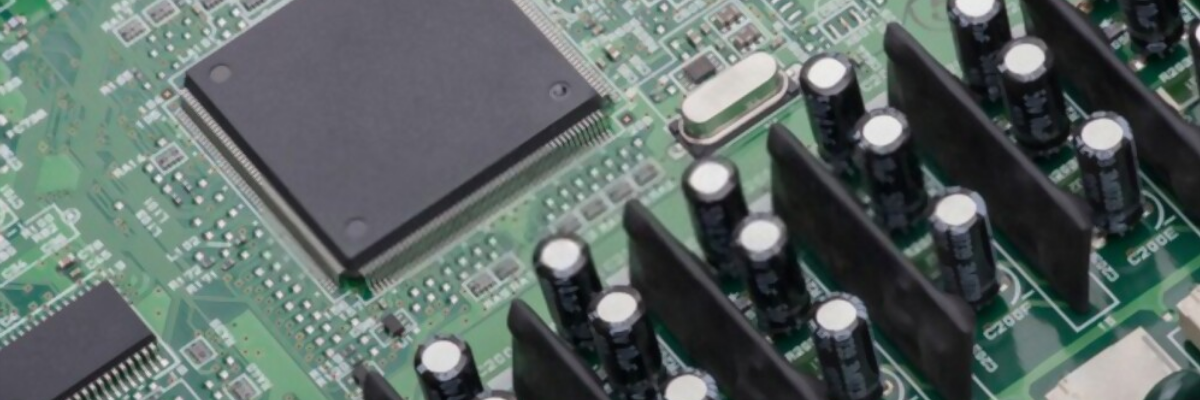Know the Significance of Rapid Printed Circuit Board Prototypes

Know the Significance of Rapid Printed Circuit Board Prototypes
A prototype is basically a limited edition or product volumes being manufactured before a full scale production. This gives an idea about many aspects of the products, areas of improvement if any, consistency in the shapes and sizes irrespective of the volume, design errors if any, functionality, and so on. This is commonly done across industries. Prototyping is also done in case there is a possibility of increased demand for the same product in the future. Even PCB manufacturers produce a prototype of the board before going ahead with large volumes of production. Under this segment, 3D printing and modeling has rapidly evolved. Rapid prototyping refers to a product, circuit board, or part made using 3D CAD and additive manufacturing. So, this rapid prototype PCB is fabricated at a high speed through 3D printing.
How Does a Rapid Printed Circuit Board Prototype Work for Projects?
When you talk about integrating a PCB assembly into your electronic or mechanical product or a system, you do have some idea of how the final product is going to look like. Through 3D printing, you can create a prototype of the circuit board that most closely resembles that final product. Rapid prototyping is carried out in a number of ways, additive manufacturing being the most common one. Here are a few other methods:
-
High Speed Machining: This may sound very similar to conventional machining methods, except for the speed. Machining techniques are carried out at very high speeds to mold or cast a PCB. This comprises two types:
-
Subtractive: Here, techniques such as grinding and milling are used to carve out the required portion of the material at a very high speed.
-
Compressive: Here, some fluid substances are compressed into the board molds at a high temperature, and later cooled to solidify. In this, techniqu/es such as sintering and molding are used.
-
3D Printing or Additive Manufacturing: This method is absolutely revolutionary, cost effective, and has changed the way PCB manufacturers function. While 3D printing is more common now, just to make a note, inkjet printing is also used to make 2D models.3D printing is known to reduce material wastage and use only the required amount and type of materials. It uses the extrusion method which comprises graphene substrate, embedded copper filament, and conductive gels. Size, shape, and design complexity is not an issue with this technique. This segment is still evolving and perhaps we may have better advancements over the next few years. However, this has already gained traction and prototyping using this method is even considered for mission critical applications in crucial sectors such as aerospace. It is imminent as the design complexity is high in such applications, no amount of design functionality flaws can be afforded in later stages of production. In 3D printing, the extruder header applies a few drops of a conductive metal such as copper on the circuit board. The open and flowing wires on the board connect with it. After this, materials are added, PCB layers are formed and connectivity is established.
Rapid prototyping certainly helps save costs and production losses. If you are looking for rapid prototyping of PCBs, their actual fabrication, and assembling for your electronic or electromechanical product, ensure you partner with a reliable player who offers end-to-end solutions from the ideation stage to integration of the PCB assembly in your system or product. Also, ensure they assist you with the material selection for PCBs, design, and other technical aspects. Twisted Traces designs, fabricates, and assembles various types of PCBs and offers prototypes based on your requirements before you give a go-ahead for full scale production.
.png)



.png)
